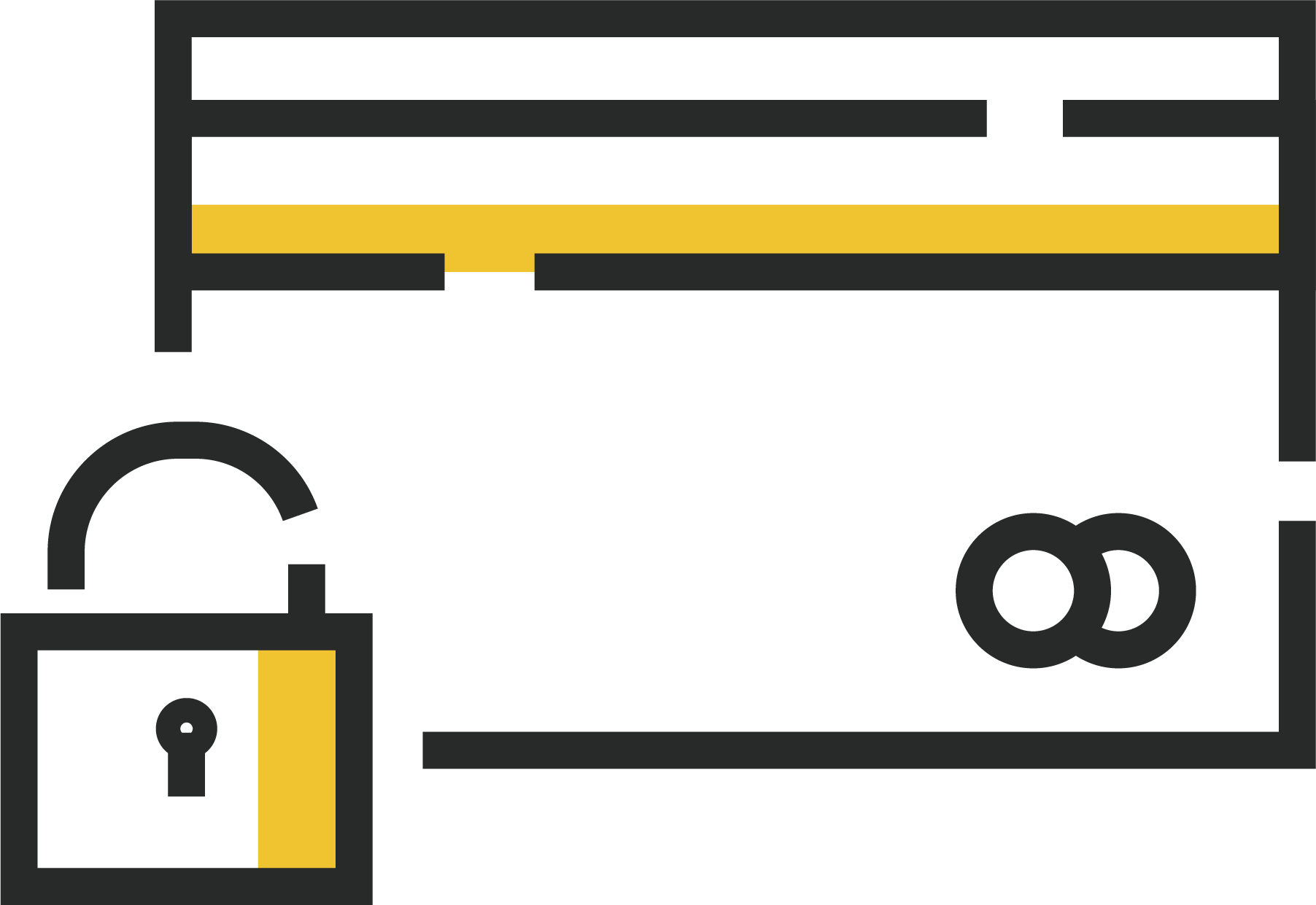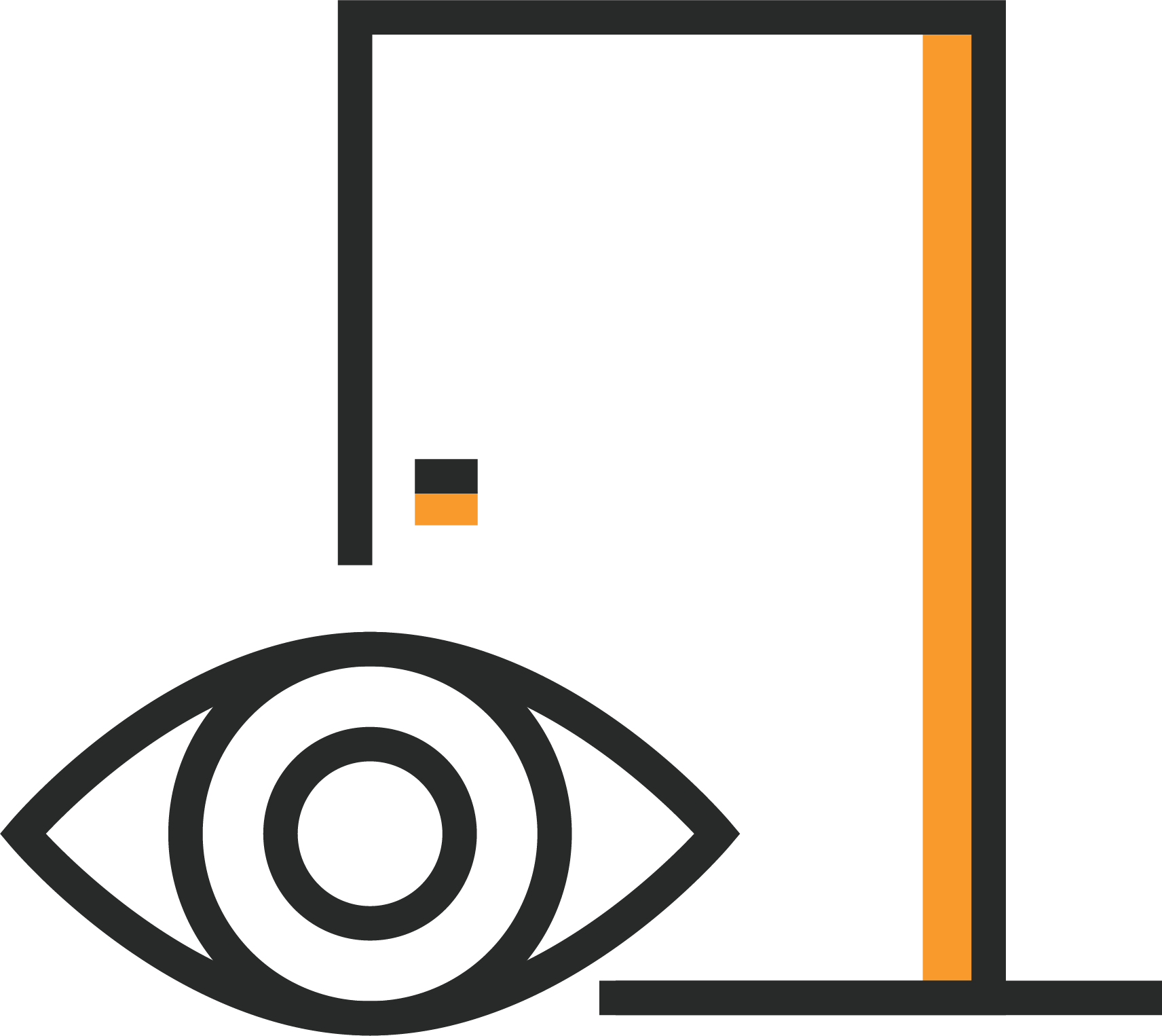So you’ve decided to go the wired security camera route. Now, it’s time to install them. In an hour or two and with just a few holes, your new wired security cameras are ready to monitor and safeguard your home.
In this blog, we’ll:
- Share what tools you need to install a wired security camera
- Outline step-by-step how to install your cameras
Contents
Tools Needed to Install a Wired Security Camera
For wired security cameras, we recommend having the following tools at your disposal:
- Ladder, drill, and screwdriver like wireless camera owners
- Cable clips (or a staple gun) to organize and protect wired camera wires
- Ethernet cable and crimping pliers
- Fish tape or rod to guide wiring
- Electrical tape to hold the cable to fish tape
- Aluminum plates to position cameras under aluminum or vinyl soffits
- Headlamp or flashlight
Prepare today for peace of mind tomorrow.
Get occasional tips about keeping your family and home safe — delivered to your inbox.
Installing Your Wired Security Camera
Your wired outdoor security camera setup involves connecting to your home ethernet. That is not so different from installing a camera that plugs in. You’ll need to find a good spot, make sure your cable can reach it, and mount the camera itself. Here is a step-by-step guide:
- Run an ethernet cable from the exterior of your house. The camera will get both power and feed footage through this cable. Start by mapping how the ethernet cable will run. It needs to start at your router or DVR/NVR and plug into your camera itself. Most homeowners will use their attic for this
- Drill a hole large enough for the cable from the mount location into your home.
- Feed your tape or rod through the hole you drilled and push a few extra feet into the space so that it’s easy to find and work with on the other side. What’s the difference?
- Rods are less flexible. They’ll work when you’re feeding cable directly into an attic or similar space.
- Fish tape reaches smaller and harder to reach places.
- Get up into that space with your headlamp. This could be an attic or area in your garage’s rafters.
- Locate the tape or rod and use electrical tape to secure your ethernet cable to it. Head back outside and patiently guide the tape back to the exterior. It may catch.
- Cut the ethernet cable and “crimp it” with a terminal connector. Plug it into your camera.
- Secure your camera mount to the wall. Drill pilot holes and insert wall anchors for the mount if needed. Or screw the mount directly onto your home. Attach the mount, secure your camera, and test the footage.
Here’s a tip: It’s easiest if you sync your camera to the Wi-Fi and your app before mounting the camera. Then, when you mount the camera, you’ll be able to see the view. This will help you adjust the camera immediately and ensure it’s working.
Given the rise in sophisticated burglary tactics, the strategic placement and installation of wired security cameras become crucial. Statistics indicate that homes without security systems are up to 300% more likely to be targeted by burglars. By following a detailed installation guide for wired cameras, homeowners can ensure that their security system is both effective and resilient, offering peace of mind and a significant layer of protection against potential threats.
– Kirk MacDowell, Home Security Expert
Not sure you want to install your wired security cameras yourself? Check out this blog to see when it makes sense to call in a professional.
Conclusion: Take the Next Step and Install Your Wired Security Cameras
Wired security cameras can be easy to install if you have the right tools, time, and patience. Are you looking at installing an outdoor security camera? Find the perfect fit for your home on the Batten Marketplace.

















